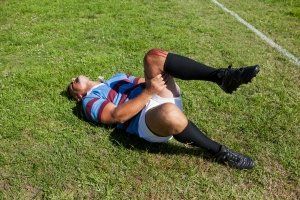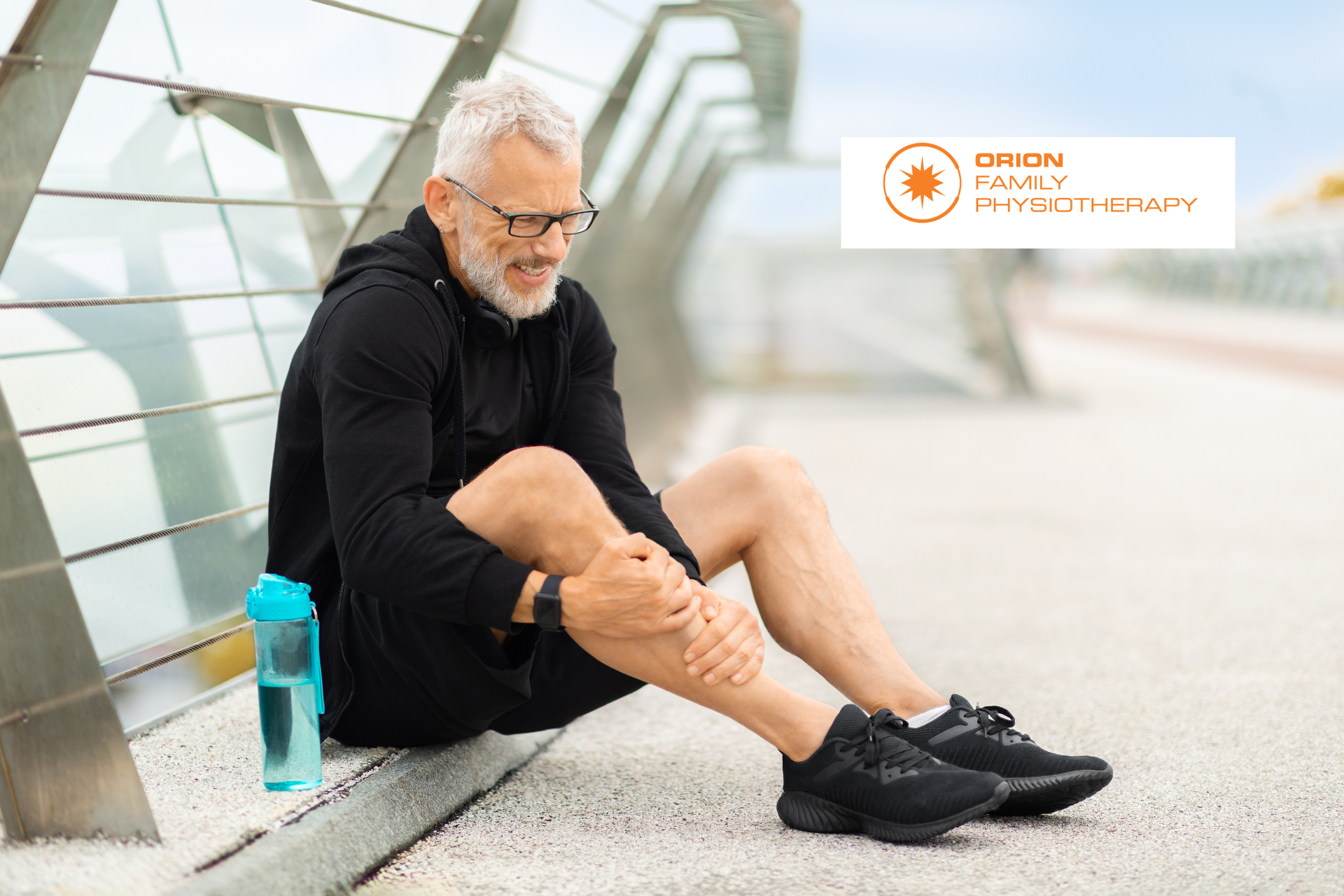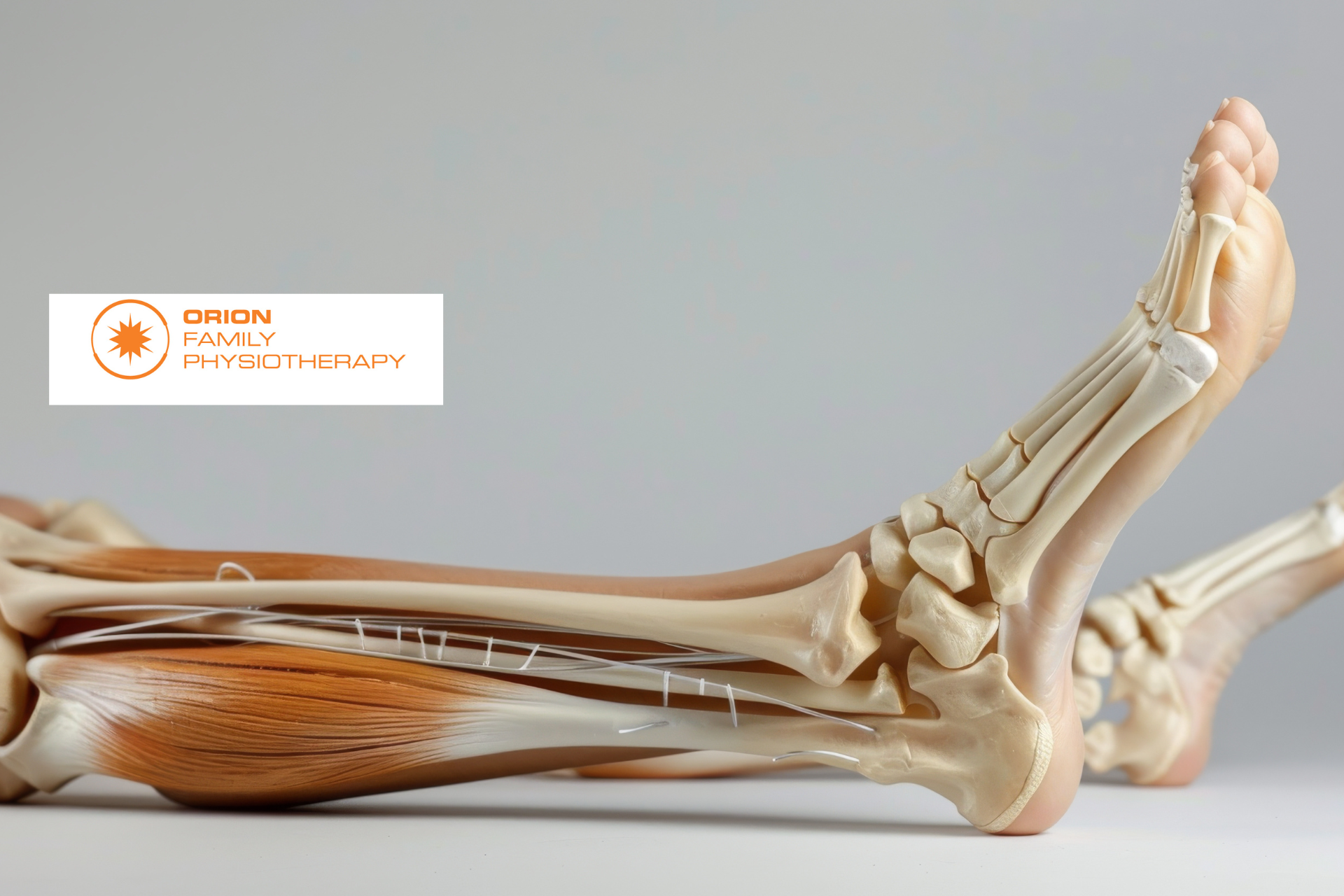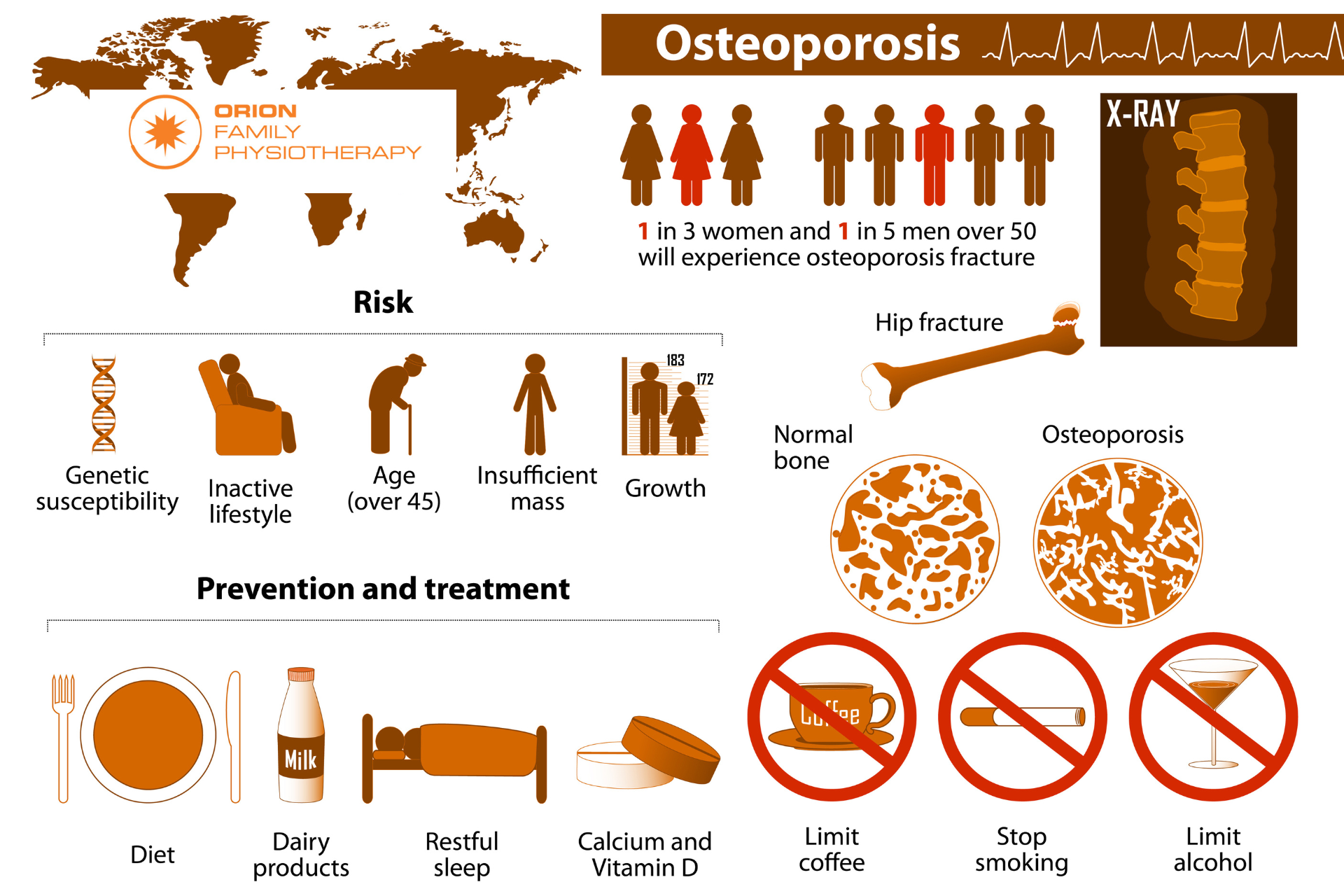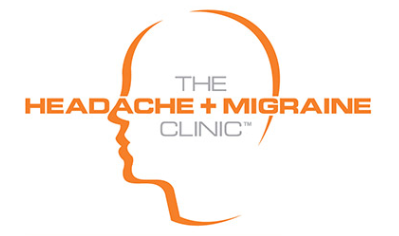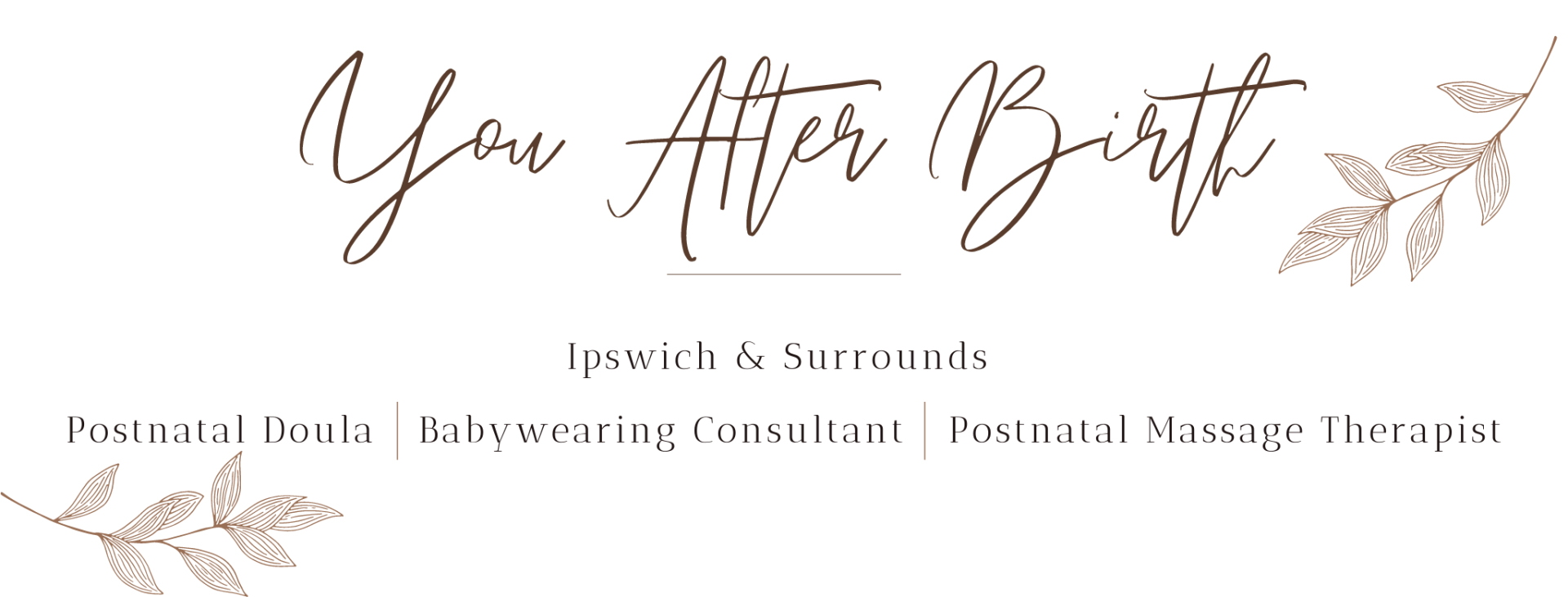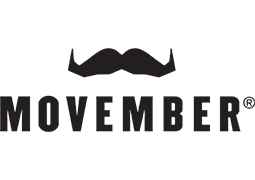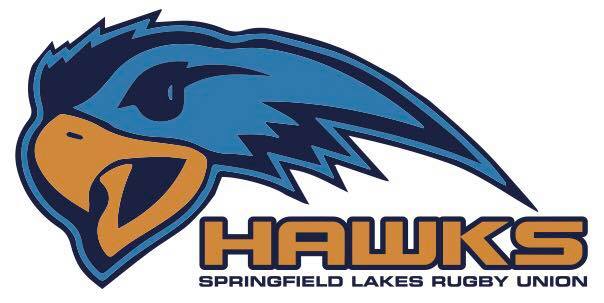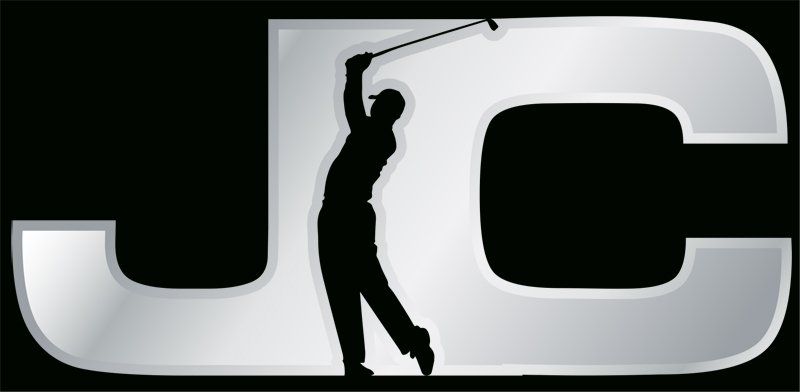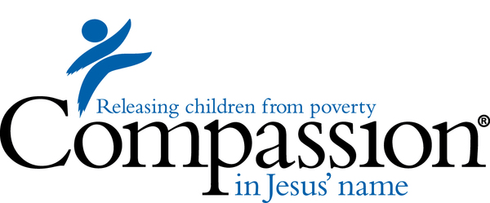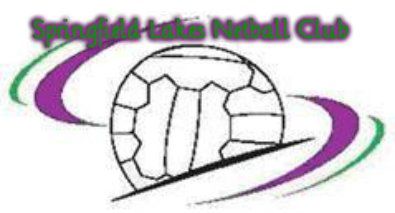Common Rugby/Football Injuries & How to Minimise Your Risk
July 17, 2019
COMMON RUGBY/FOOTBALL INJURIES & HOW TO MINIMISE YOUR RISK
Knee Ligament Tear
Occurs with a forceful rotation or sideways movement of the knee. Can take anywhere from 2 weeks to 12 months to be back on the field again depending on severity and associated damage.
Strengthen the key stabilising muscles around the knee, ankle and hip. You can do single leg squat exercises and unstable surface balance strength exercises.
Hamstring or Quadriceps Muscle Tear
Is predisposed by tight muscles and happens when accelerating or stopping quickly. Heals better than ligament or tendon but if not treated properly can leave scar tissue that predisposes to future injuries.
Stretch hamstrings, quads, adductors, calves and glutes. If you can feel you are chronically tight in one or more of these muscle groups then do more stretching for those muscles. Hold static stretches for 20 – 30 seconds.
Neck or Low Back Sprain
Can occur in all sorts of positions. Joints, ligaments and muscles can all be sprained and strained to varying degrees. If not treated properly this very commonly leads to significant compensatory muscle tightness that then becomes symptomatic.
Posture improvement, specific stretching, core strengthening and deep neck muscle strengthening will significantly decrease your risk of these injuries.
Ankle Ligament Tear
Occurs by rolling the ankle while changing direction, stepping on the ball or in a tackle situation. These injuries can range from a minor grade 1 sprain to full ruptures of multiple ligaments and take from 1 week to 6 months to recover.
Do lots of ankle stability and strength training pre season to stabilise the ankle joints. Proper boots and orthotic if needed are key. Also keep your knee and hip stability muscles strong so there is less pressure going through your ankles generally.
Shoulder Dislocation or Subluxation
Traditionally happens awkwardly landing on the ground when the arm is out away from your body and gets forced backward popping the joint forward out of its socket.
Strengthen the rotator cuff especially in vulnerable position away from your side. This can be done with Theraband or a cable machine. This will impact positively on your upper body strength as well.
Come into Orion Family Physiotherapy where all our great team of Physiotherapists have an expert knowledge of any football related injury or niggle. We will get you back to 100% as quickly and as safely as possible.

Most tissues in the body have healed completely in six to 12 weeks following an injury, however, many people have severe pain that lasts much longer than this. We know that the intensity of the pain you feel is not always associated with a similar amount of damage. In some cases, there can be a severe amount of pain with almost no detectable damage. With this in mind, we explore some reasons why your pain might not be getting better, long after the tissues have healed. You’re afraid of the pain. Pain can mean many different things, for some of us pain can affect our ability to work or can be a symptom of a serious disease. What you believe about your pain can either amplify or reduce the symptoms you experience. If you feel that every time you experience pain you are causing more damage, you will naturally pay more attention to this and your nervous system will amplify the signals in an attempt to keep you safe. If you understand the cause of your pain and know that while there is discomfort, you are not in danger of causing more damage, often the pain will feel less severe. This is one of the benefits of seeing a physiotherapist after your injury as they can help you to understand your pain, giving you more control over your recovery. You started moving differently after the injury. Immediately after an injury, it’s natural to change the way you move to avoid painful movements. After a while, these changed movement patterns can become maladaptive and actually begin to cause pain and discomfort on their own due to the altered stress patterns placed on your body. Correcting these adaptive movement patterns can often go a long way in reducing pain after an injury. You might not have noticed these changes and might need a physiotherapist to identify and help you to return to your usual movement pattern. You have lost muscle strength since the injury. While a certain amount of rest following an injury is always helpful, if we stop moving altogether, our muscles can lose strength. This can mean that our posture changes, we fatigue easier during our usual activities and that we are more susceptible to further injury. Less movement also means we actually focus on the pain more when it does happen. Physiotherapists are able to advise you on the right types and amounts of excercise for you in the period following your injury. The pain has affected your lifestyle. When pain affects your ability to sleep, work and even concentrate, it’s not surprising that this can have a negative affect on your overall wellbeing and mental health. This can create a negative cycle of anxitey and depression that perpetuates and increases the experience of pain. If your pain is really getting you down, speaking to a mental health professional can actually be a valuable part of your physical recovery
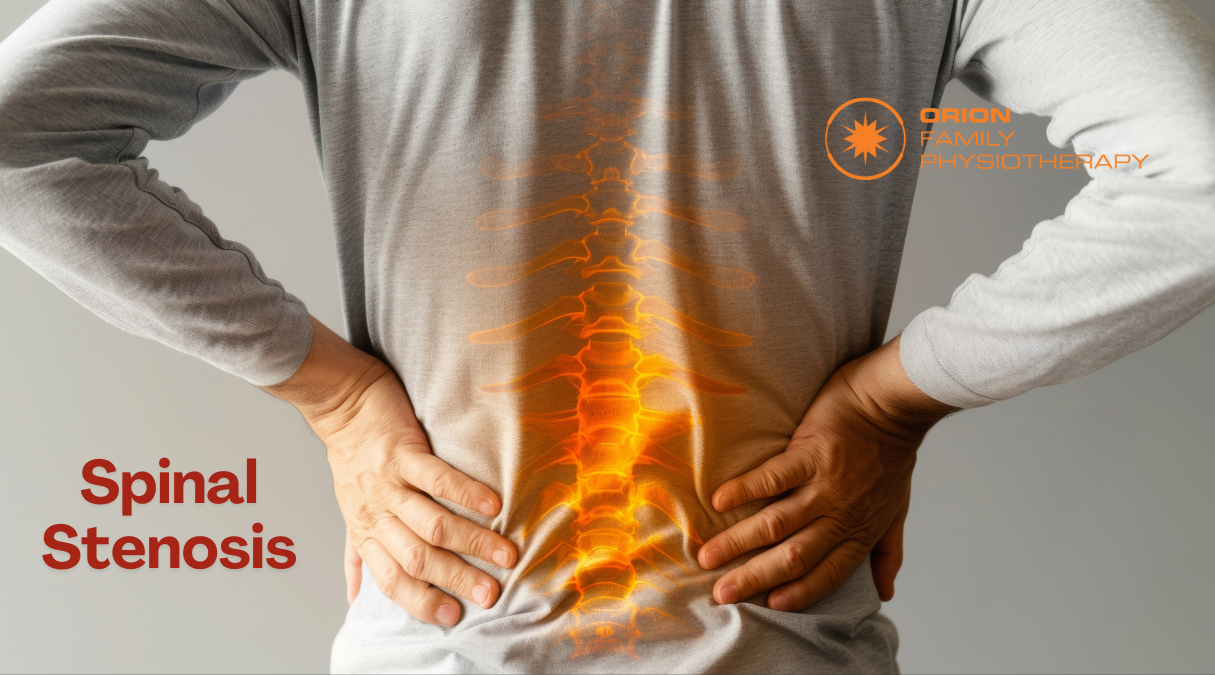
What is spinal stenosis? The spinal cord, nerves and arteries are housed by the spine, which acts as a hard electrical casing to support and protect these vulnerable structures. The spine has a hollow column that allows the spinal cord to run from the brain to the rest of the body. At each spinal segment, nerves exit the spine and supply the tissues of the body. There is also an intricate network of small veins and arteries that provide blood to the spinal cord and vertebrae, providing them with the nutrients needed to operate. Spinal stenosis is characterized by a narrowing of the spaces that house the spinal cord, nerves and blood supply. A variety of factors can cause spinal stenosis, however overwhelmingly it is caused by degenerative changes to the spine as we age. Many people over the age of 60 will have spinal stenosis; however, not all will have pain. Clinically, spinal stenosis is used to describe the painful symptoms of this condition rather than just the narrowing itself.
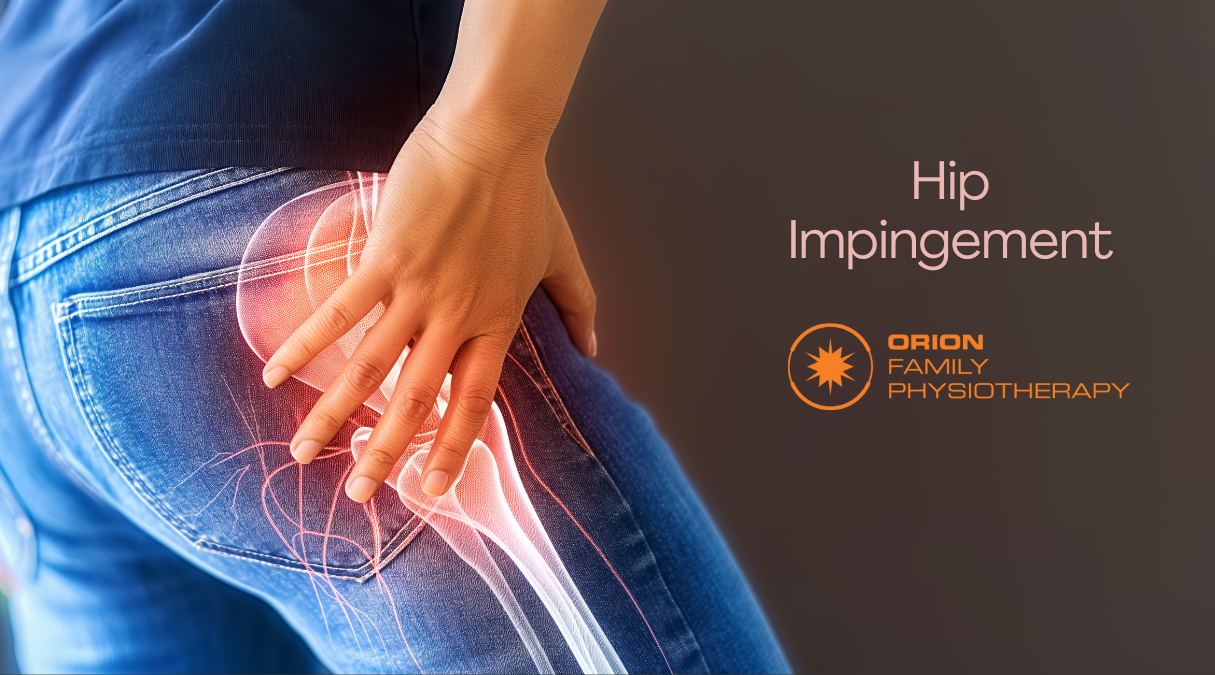
What is it? When the two surfaces of the hip joint move over each other, they usually move freely without any friction. If there is an alteration to either the socket part of the joint (the acetabulum) or the ball (the head of the femur), irritation may occur as the two surfaces move over each other. This is known as Femoroacetabular impingement, a common disorder of the hip, characterized by pain and stiffness. Femoroacetabular impingement can be classified as cam, pincer or mixed. A cam FAI occurs when the femoral head junction is flattened or a small bump is present. Pincer type of impingement occurs when the acetabular rim extends slightly, causing the femur to be impacted. Cam impingement is more common in men while pincer impingement is more common in women. However, most cases of FAI (about 85%) are mixed, meaning they both have cam and pincer types of impingement.
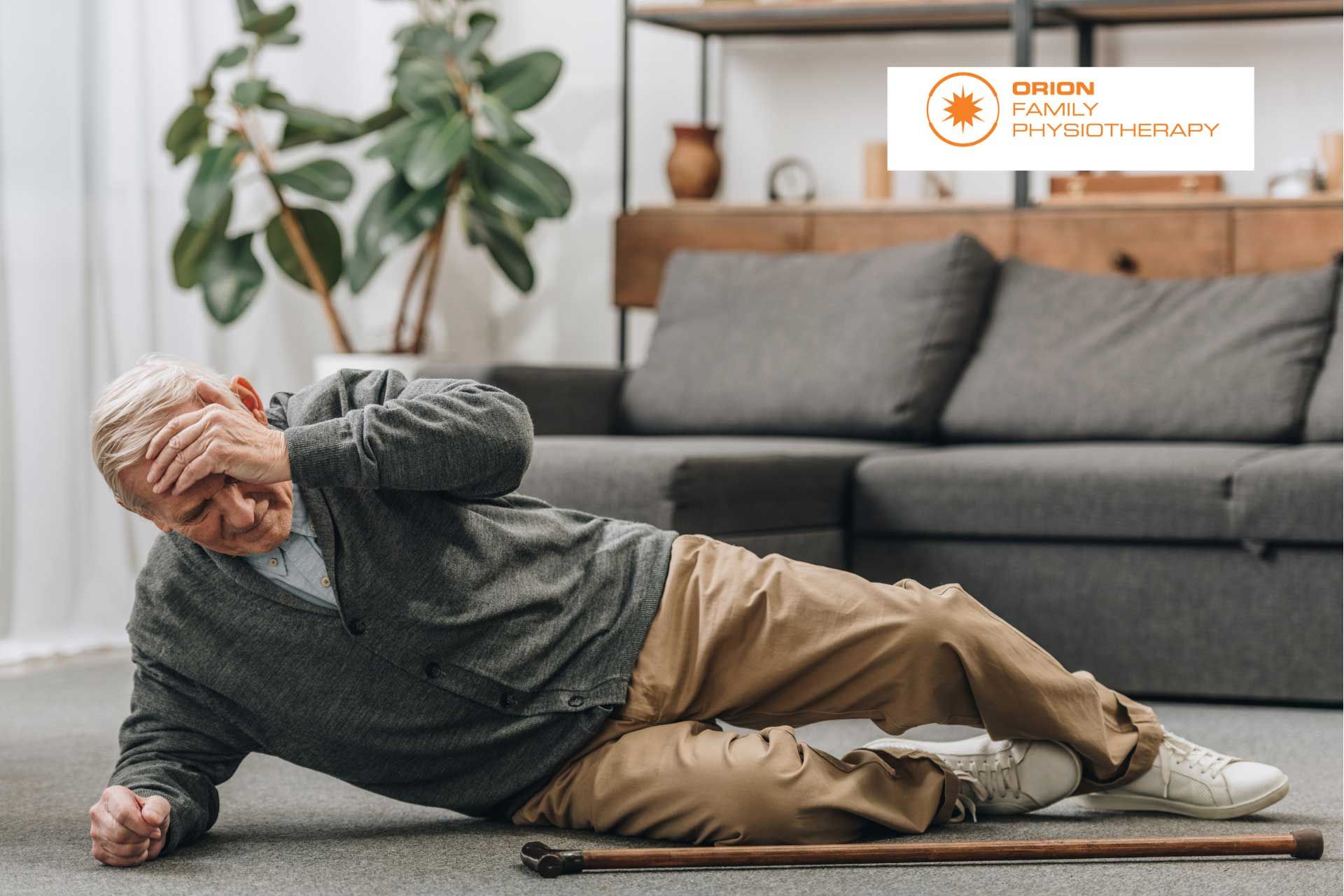
Ankle sprains are one of the most common sporting injuries and most people have experienced one at least once in their lifetime. While they are common, this doesn’t lessen their negative impacts. Surprisingly, having poor balance might be increasing your risk of ankle sprains. Here we discuss a few facts about balance and what you can do to reduce your risk of ankle injuries.

What Are They? Muscular trigger points are better known to most of us as muscle knots and can feel like painful, hard lumps located inside muscles. These knots can both be painful to touch and refer pain in surrounding areas. It is thought that trigger points form when a portion of muscle contracts abnormally, compressing the blood supply to this area, which, in turn, causes this part of the muscle to become extra sensitive. Trigger points are a common source of pain around the neck, shoulders, hips and lower back.
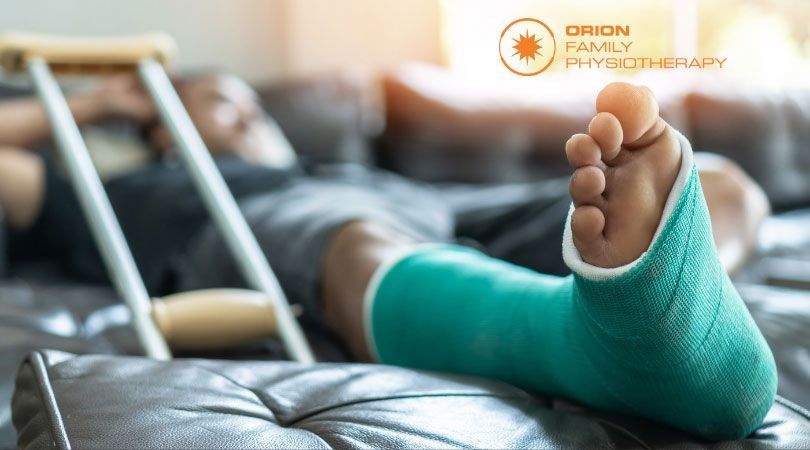
When injury strikes, the first thing that most of us want to know is ‘how long will this take to heal?’ Unfortunately, the answer to this can be complicated and requires at least a little understanding of how the different tissues of the body heal. Each of the tissues of the body, including muscles, tendons, ligaments and bone, heal at different speeds and each individual will have some variation on those times as a result of their individual health history and circumstances.


